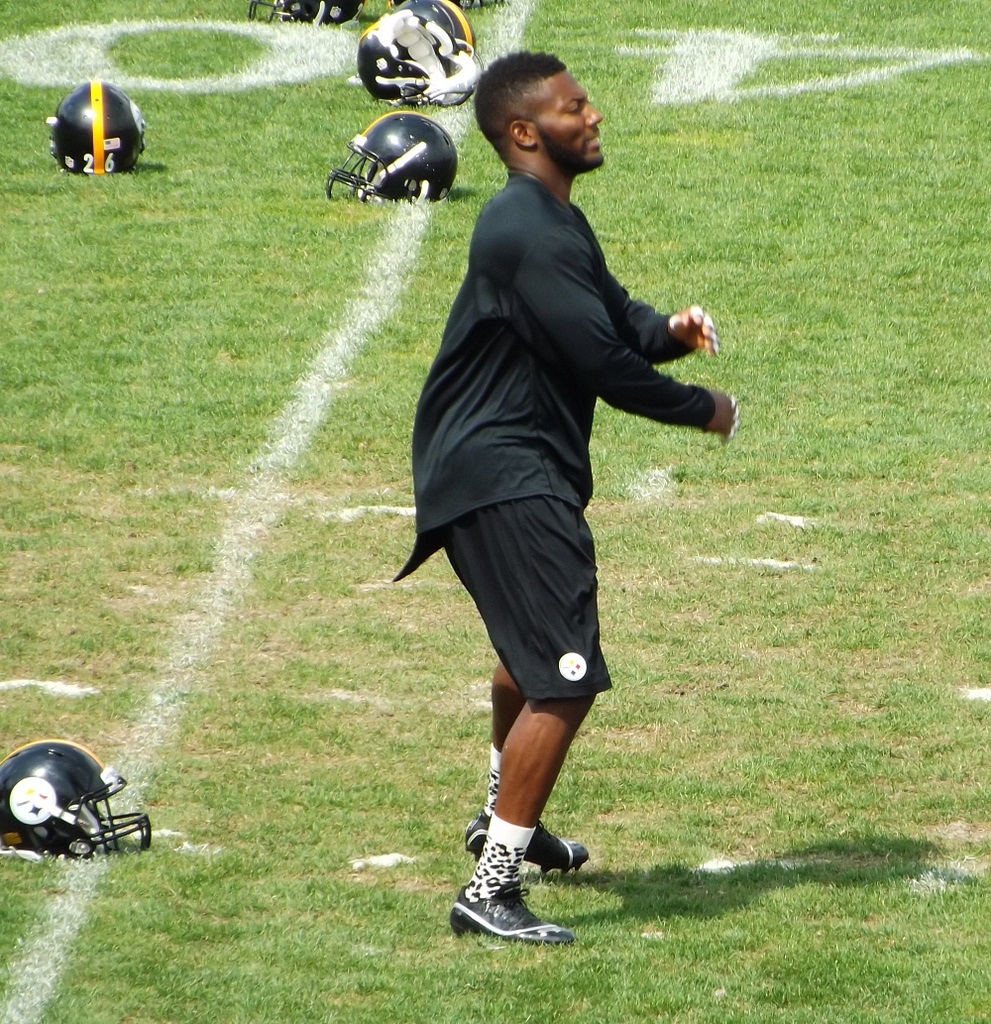
I’m giving gave away three 10 Rookie Scouting Portfolios today. This is over 1400 pages of pre-draft and post-draft gold distilled into an easy-to-access reference guide for fantasy owners and draftniks alike. If you’re one of the first three people to find the page on my site and give the correct answers, you win.
Details/Clues
There is a page on my site with three names of NFL players. You won’t recognize these players at first unless you have a really good eye at brain teasers. Find the page, complete the task on the page and submit the answers on the form on the page and the first three 10 correct answers win won.
More Clues:
- I think the best place to start looking is to “Go Home”
- Once I’m home, I’d consider hitting the bar.
- At this particular bar, you’ll have seven broad choices. I’d see what it’s all About.
Good luck!














